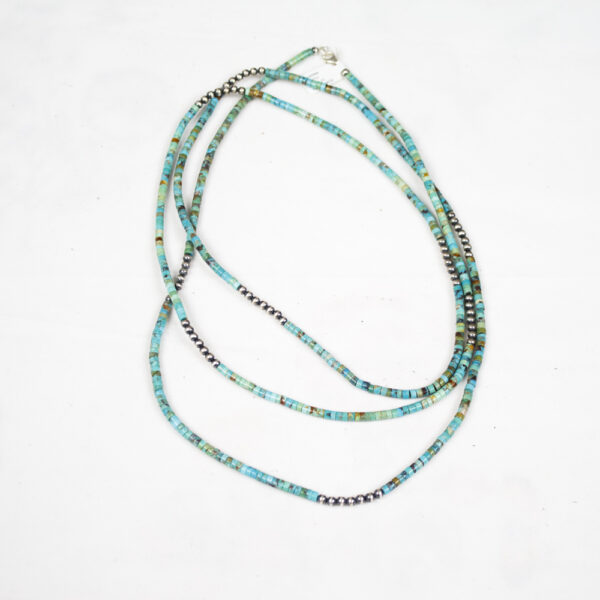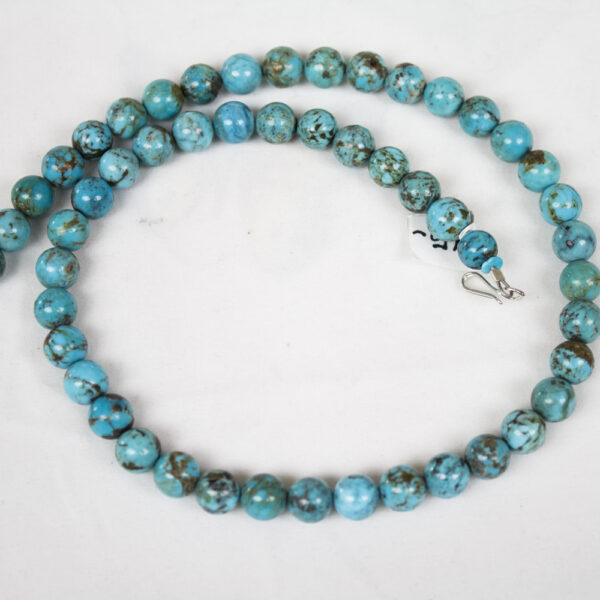How to Identify Imitation Turquoise
Imitation turquoise comes in many forms that include glass, ceramics, clays, and minerals such as Howlite and Magnasite. Identifying these imitations is difficult due to today’s technology, allowing individuals to create pieces that fool even experienced dealers and buyers.
The first defense you have in identifying these imitations is price. If a piece of jewelry is advertised as turquoise, but the price is too good to be true, it probably is. Appearance of the stone is important for identifying imitations. Use a magnifying glass to inspect your potential purchase, and look for the following. If the matrix or color seems too uniform, there is a good chance that it is not real turquoise. Turquoise is a gemstone, and in most cases, will have minor imperfections such as inconsistant color throughout, small pits, rough matrix or exposed host rock.
Howlite and Magnasite are minerals that have many of the same characteristics of turquoise. They are softer, naturally whitish in color and have matrix similar to turquoise. These two minerals are easily dyed to look like turquoise and is very hard to identify. Once again, look for uniformity in the color.
Your best defense against imitation turquoise is to deal with a reputable dealer. Look for a dealer that will give you a written guarantee of what you purchase. And always, BUYER BEWARE!
LittleFeathers Jewelry only sells authentic, natural turquoise. Here are just a few pieces from our collection, or shop our entire collection of turquoise jewelry.
-
8mm Turquoise Bead Necklace
$45.00 -
8mm Turquoise Bead Necklace
$45.00 -
Campitos Turquoise Necklace
$90.00














